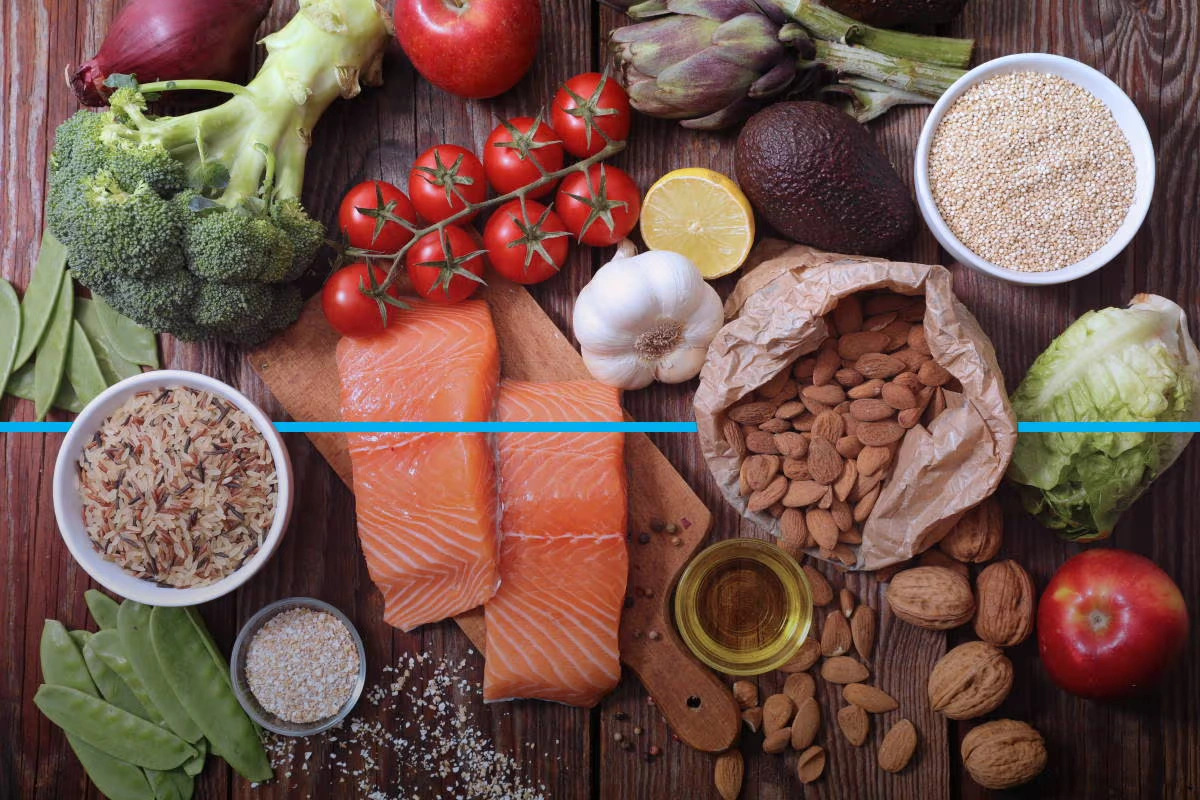We know losing weight can be challenging – particularly if your arthritis makes exercise feel less achievable, so we spoke to Martin Lau, Dietitian and Services Development Manager at Arthritis Action, to get some tips on exercise and healthy eating.
Does being overweight make you more likely to develop arthritis?
Being overweight and obese can increase the risk of certain types of arthritis. Evidence suggests that carrying excess body weight is an important risk factor for developing osteoarthritis (OA).
Studies have found that women who are overweight have a greater risk of developing hand OA. Some experts believe that hormones released from fat cells could contribute to pathogenesis (the development of the disease) in inflammatory arthritis, such as rheumatoid arthritis.
Why is it important to maintain a healthy weight if you have arthritis?
Bodyweight plays a key part in arthritis, especially the three most common types (osteoarthritis, rheumatoid arthritis and gout).
Excess weight places additional pressure on weight-bearing joints. A landmark study found one lb of weight-loss lessens four lbs of pressure on the knees per step. For those with inflammatory arthritis, carrying more body weight could reduce the chance of remission.
How should you measure weight loss?
There are different ways to gauge your progress. The simplest is to monitor your body weight or changes in dress size (waist size for men). A more effective measure, which requires specialist equipment, is to look at changes in body fat.
What is a BMI and why is it important?
Body mass index (BMI) uses your height and weight to work out if your weight is healthy. The BMI calculation divides an adult’s weight in kilograms by their height in metres squared. For example, A BMI of 25 means 25kg/m2. For most adults, an ideal BMI is between 18.5 to 24.9.
| BMI | Health |
18.5 to 24.5 | Healthy weight for height |
Above 25 | Above a healthy weight for height. Losing weight would be advised. |
Below 18.5 | Below a healthy weight. Advice on healthy eating would help. |
Why is exercise important for people who have arthritis?
There is a huge consensus in pain management research that activity is one of the key things you can do to manage persistent pain. Strengthening the muscles, ligaments and tendons around the joint, especially for the knees, helps to manage osteoarthritis symptoms.
Movement from exercise can help send chemical signs to promote the repair process within the joint. Moving the body also appears to re-educate the often oversensitive nervous system.
How do you get started with exercise?
You should always start slowly and gradually increase the intensity/time that you spend exercising. Speak to your GP or exercise professional before starting a new exercise if you have any worries about whether it’s right for you.
It doesn’t really matter what type of exercise you do, but you should find something you enjoy and that you are likely to continue. The best exercise will improve cardio fitness and muscle strength, but any type of exercise is good.
If your joints are very painful, exercising in water can be a good place to start. Many swimming pools have sessions for women only, people with disabilities, or pools where the water is kept warmer at certain times.
What are some joint-friendly activities people can try to manage their weight and strengthen their muscles?
‘Low impact’ exercises are good for minimising impact across the surface of a joint, such as the impact of hitting the floor while running or jumping. Road or exercise biking, rowing machines, swimming, or a circuit class are good examples that focus on non-jarring movements.
That’s not to say that high-intensity exercise should be avoided for those with OA. Everyone is different. An individual with OA can find ways to exercise whilst avoiding movements that might aggravate their arthritis.
Is exercise enough to maintain a healthy weight, or is diet also important?
Weight gain happens when we eat more calories than our body needs. The only way to lose weight is to eat fewer calories than our body uses or to use up more calories by being more active. Eating less is essential for weight loss, but being active is very important in helping keep the weight off once it has been lost.
What are the ‘right things’ to eat when you have arthritis?
There are no such things as good or bad foods. But there are foods that contain high amounts of saturated fats, salt and processed carbohydrates that we need to eat less of.
Are there any dietary changes you’d recommend to people who have arthritis?
Although there isn’t a specific dietary plan for arthritis, studies have found a Mediterranean diet, consisting of fruit and vegetables, pulses, olive oil and a little meat could be beneficial. The key is to find a plan that you can stick to.
Before starting a weight-loss diet, you should speak to your GP to make sure it is safe for you. Very low-calorie diets should never be started without getting medical advice and supervision first. In general, celebrity and diet fads should be avoided as they don’t encourage healthy lifestyle changes.
Some people find it is easy to lose weight but much harder to keep it off. If you go back to eating the same amount that you were before, you will regain the weight that you’ve lost. The only way to keep the weight off in the long-term is to make lasting changes to your food and lifestyle. You don’t have to avoid any foods, just be sensible.




